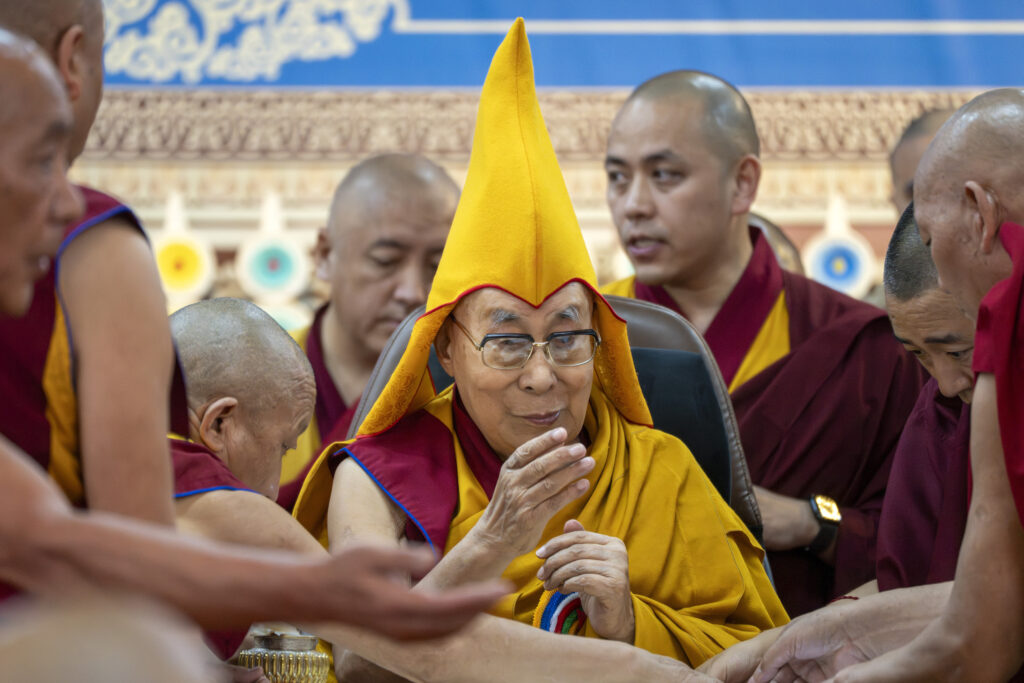
Introduction
The relationship between China and the Dalai Lama is a significant topic that affects not just diplomatic relations, but also social and cultural dynamics across the globe. As the spiritual leader of Tibetan Buddhism, the Dalai Lama represents Tibetan identity and resistance against Chinese governance, making the examination of this relationship particularly relevant in the context of ongoing geopolitical tensions.
The Current Situation
As of late 2023, relations between China and the Dalai Lama remain strained. Following the Dalai Lama’s controversial remarks in the past regarding Tibet’s autonomy, China has consistently condemned him, labeling him a separatist figure. Chinese officials have reiterated their position, emphasizing that all matters pertaining to Tibet must align with Chinese sovereignty.
Recently, the Dalai Lama made headlines when he addressed international audiences, advocating for global peace and compassion. Despite this, the Chinese government responded sharply, accusing him of hypocrisy while simultaneously attempting to suppress expressions of Tibetan culture within China. The ongoing crackdown on Tibetan rights activists and the imposition of stricter controls on religious practices highlight the complexities of the situation.
Tibetan Response and Global Impact
In light of these tensions, the Tibetan diaspora and international supporters have rallied in solidarity with the Dalai Lama, often staging protests and awareness campaigns. Activist groups have urged the global community to take action against human rights abuses in Tibet, putting further pressure on China. Countries like the United States have publicly voiced their support for the Dalai Lama, enhancing the international dimension of the conflict.
The Dalai Lama’s recent travel plans, which include meetings with global leaders, are seen as efforts to bolster support for Tibet. His age and health concerns add urgency to these initiatives, as many fear the implications of his passing for the future of Tibetan Buddhism and identity.
Conclusion
The relationship between China and the Dalai Lama is emblematic of broader issues of autonomy, human rights, and international relations. As tensions persist, the situation in Tibet continues to garner attention and elicit responses from global entities. Looking forward, how this relationship evolves may influence Tibet’s cultural landscape and the dynamics of Sino-Tibetan relations. Understanding this complex relationship is crucial for comprehending the ongoing struggle for Tibetan autonomy and the international community’s role in this matter.



